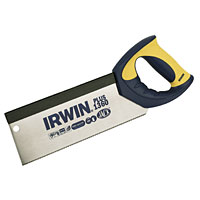kingcod
Established Member
- Joined
- 12 Nov 2008
- Messages
- 107
- Reaction score
- 1
I need to cut up some 8' x 4' MDF oak veneer sheets to make a wardrobe. Its 26mm deep.
Which saw should I use? A handheld circular saw with clamped planks as a guide, a table saw or a plunge saw with rail guide?
The sheer size of these sheets might make my modest table saw a bit unwieldy, but my basic Bosch handheld circular saw might be underpowered... I have yet to splash out on a plunge saw with rail.
Which saw should I use? A handheld circular saw with clamped planks as a guide, a table saw or a plunge saw with rail guide?
The sheer size of these sheets might make my modest table saw a bit unwieldy, but my basic Bosch handheld circular saw might be underpowered... I have yet to splash out on a plunge saw with rail.





